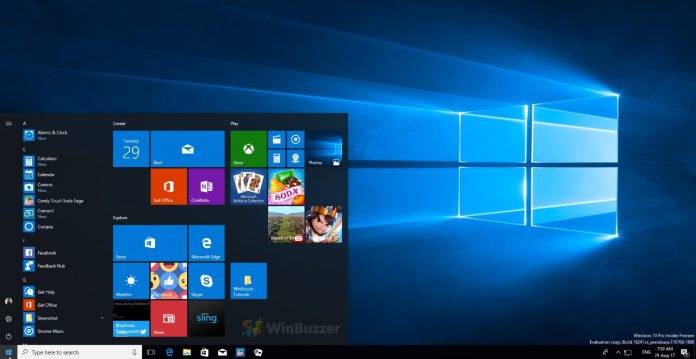Among them, Microsoft has changed the processor requirements for Windows 10 version 1903. This is the Windows 10 May 2019 Update that rolled out earlier this year. Microsoft has decided to retroactively change the requirements despite version 1903 already being in the wild. The reason for the change is Microsoft’s new Windows Update plan. From now on, Windows 10 will not receive two major feature upgrades each year. Instead, the first half of the year will see the feature upgrade and the second half will bring an update that focuses on improving the first release. With that in mind, Windows 10 version 1909 (November) and version 1903 (May) are closely linked, which explains why Microsoft is changing processor requirements of the May Update. In other words, if version 1909 can only support specific processors, it makes sense 1903 must also only support the same.
Processor Support
In terms of Intel CPUs, Microsoft says the 2019 Windows 10 updates support 10th-generation Core processors. Elsewhere, the platform support Atom J4xxx/J5xxx and N4xxx/N5xxx, Celeron, and Pentium. It is worth noting some Celeron and Pentium processors won’t be supported. Looking at AMD, Windows 10 November 2019 Update supports the older 7th-gen A-series, E-series, and FX-900. Other processors supported are Athlon 2xx, Opteron, and EPYC 7xxx. New CPUs include the Ryzen 3xxx family. Perhaps the most interesting aspect of the processor requirement list is the addition of Qualcomm CPUs. Windows 10 May 2019 Update supported the Snapdragon 850. However, this has been taken off the list with support for the newer Snapdragon 855 added and the Snapdragon 8cx CPU.




